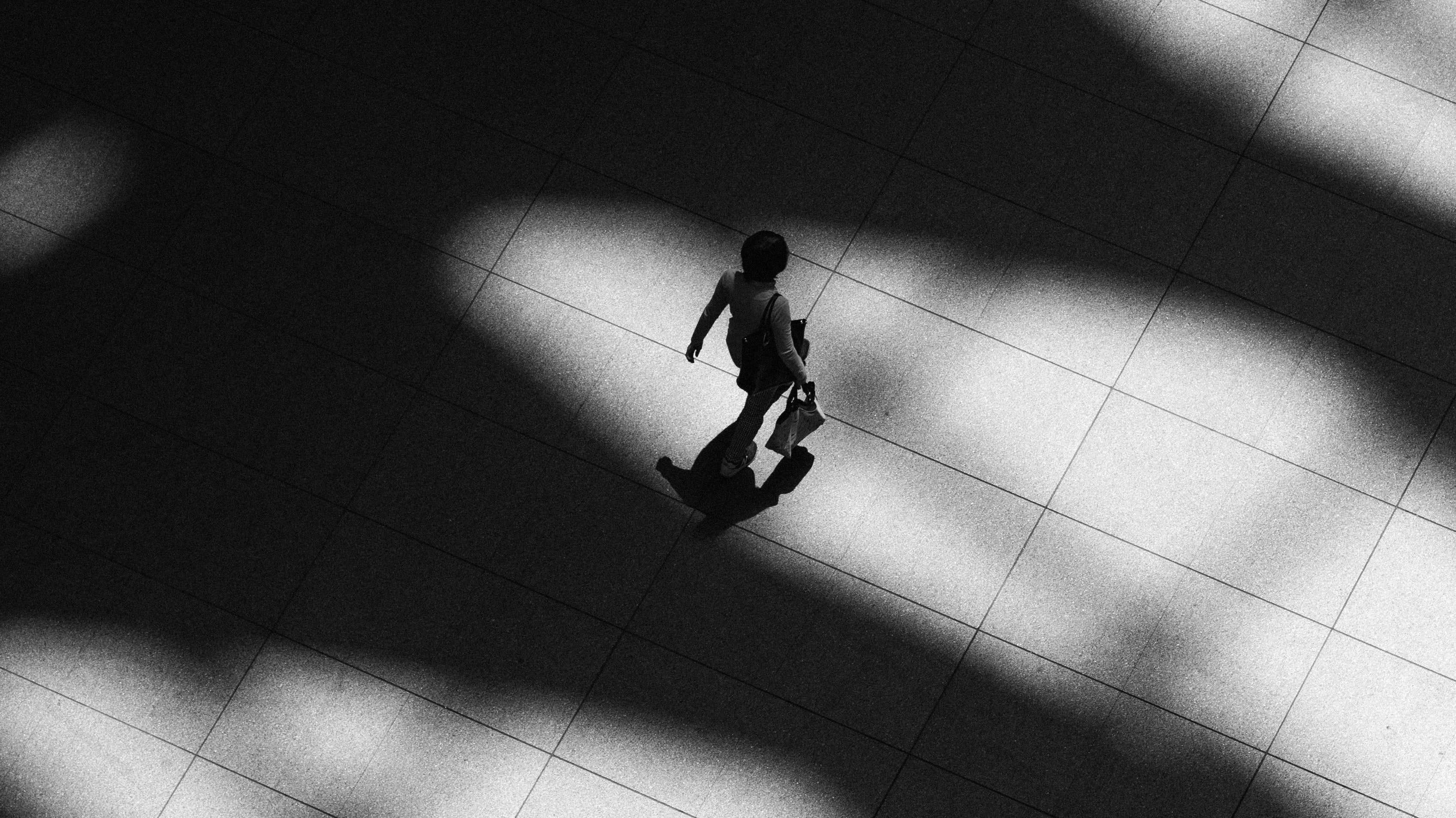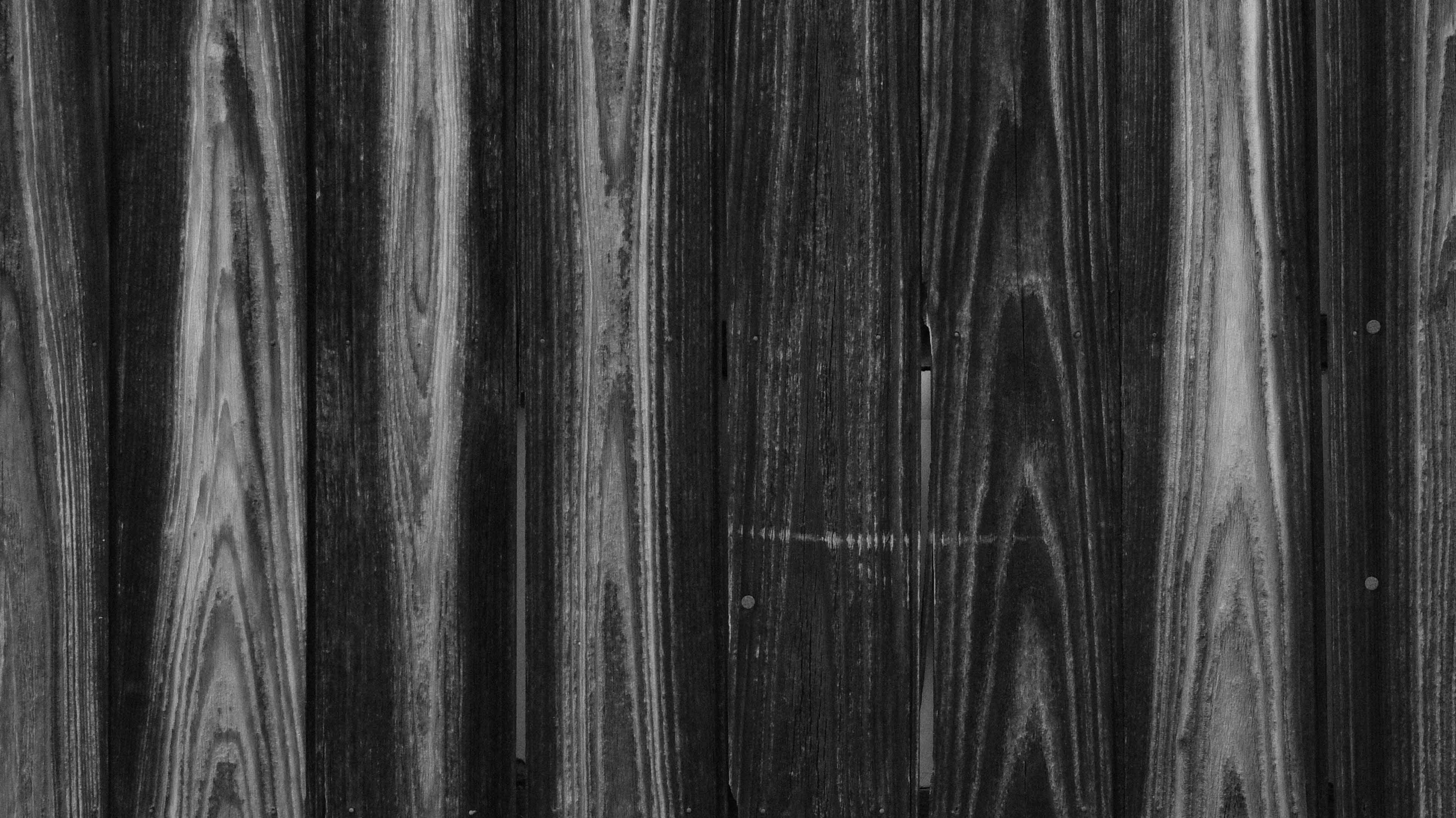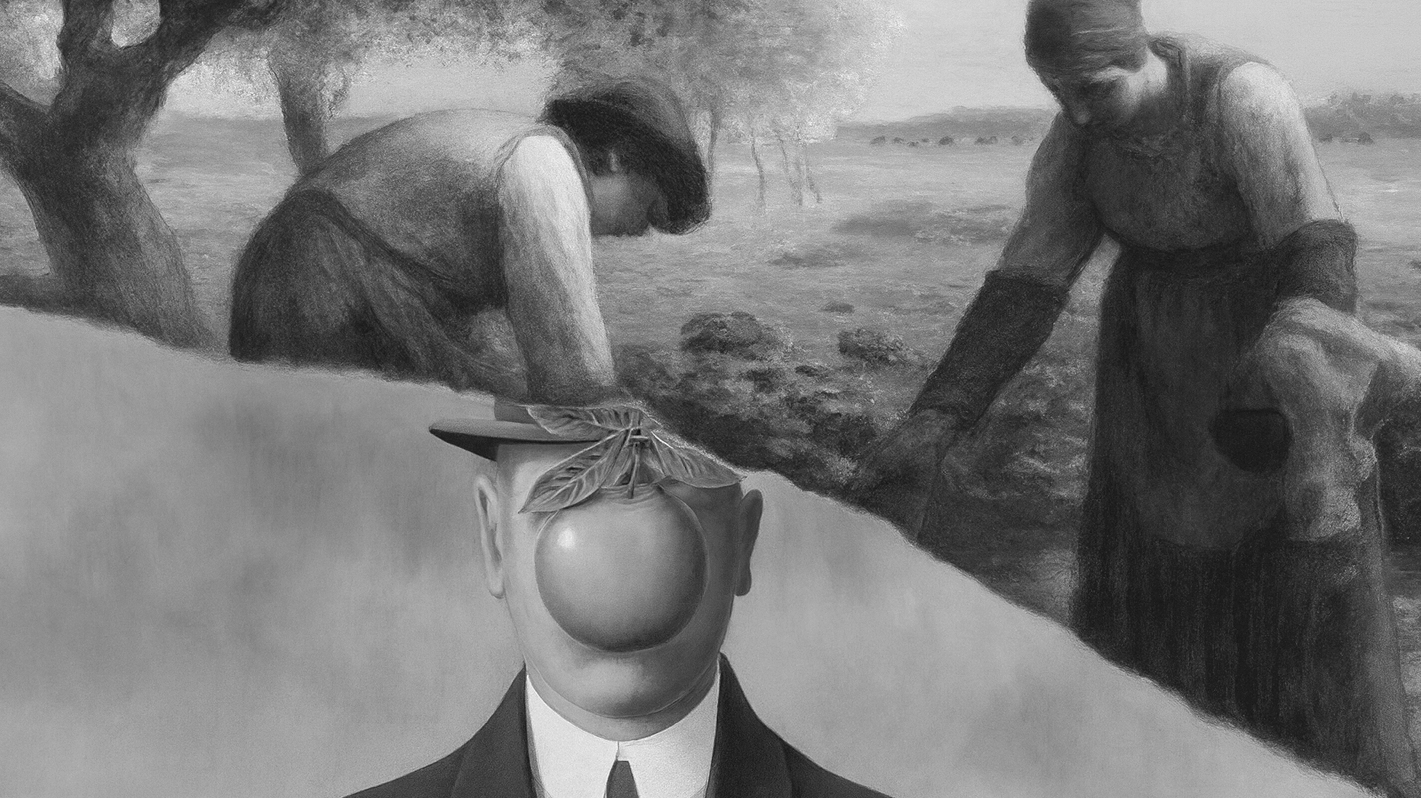When you look at abstract art, what comes to mind? Does it change how you perceive art? Some people might dislike it because they find it challenging to understand. However, this type of art is an integral part of art history. Although we often encounter abstract art, we might still struggle to explain what abstract art is. In this article, we will attempt to help you understand it better.
(What is Abstract Art? Exploring the Birth and Pioneers of Abstract Art - dans le gris)
(What is Abstract Art? Exploring the Birth and Pioneers of Abstract Art - dans le gris)
What is Abstract Art?
(What is Abstract Art? Exploring the Birth and Pioneers of Abstract Art - dans le gris)
Abstract art is a unique style that sets itself apart by not attempting to replicate the real world in a literal sense. Instead, it harnesses the power of shapes, colors, forms, and expressive gestures to create a visual experience that transcends the confines of recognizable objects or subjects.
The term "abstract" essentially means to separate or detach something from its original context. This artistic approach can manifest in multiple ways. On one hand, it means you start with things like everyday objects, people, or scenes from the world, and then you simplify or transform them into simpler and more symbolic shapes and forms. On the other hand, it can encompass art that employs forms like geometric shapes or spontaneous, free-form marks that have no direct connection to anything we see in our external reality.
It is also applied to art that uses forms, such as geometric shapes or gestural marks, which have no source at all in an external visual reality. Some artists of this "pure" abstraction have preferred terms such as concrete art or non-objective art, but in practice the word abstract is used across the board and the distinction between the two is not always obvious.
Since the early 1900s, abstract art has formed a central stream of modern art. Abstract art often carries a sense of philosophical or moral depth. It can symbolize virtues such as order, purity, simplicity, and spirituality, inviting viewers to explore deeper meanings beyond the visible.
• Further Reading: What is Modern Art? A Complete Definition and Guide
(What is Abstract Art? Exploring the Birth and Pioneers of Abstract Art - dans le gris)
The Birth of Abstract Art
(What is Abstract Art? Exploring the Birth and Pioneers of Abstract Art - dans le gris)
In the early 20th century, a radical transformation in the world of art gave birth to what we now know as abstract art. This pivotal moment in art history challenged centuries of tradition and representation, ushering in a new era of creativity and innovation. While the concept of abstraction had been evolving over time, it was during this period that artists made groundbreaking strides towards non-representational art. However, there were some important movements that not only expanded the artistic vocabulary but also played a pivotal role in shaping the trajectory of abstract art. Let's explore them:
(What is Abstract Art? Exploring the Birth and Pioneers of Abstract Art - dans le gris)
1. Cubism: Deconstructing Reality
(What is Abstract Art? Exploring the Birth and Pioneers of Abstract Art - dans le gris)
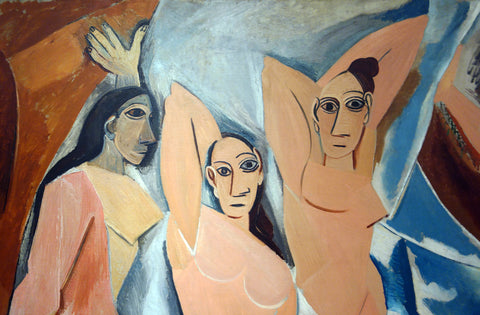
Pablo Picasso, Les Demoiselles d'Avignon, 1907.
Cubism, one of the most transformative art movements of the early 20th century, played a pivotal role in inspiring and paving the way for the emergence of abstract art. Led by pioneering artists like Pablo Picasso and Georges Braque, Cubism challenged traditional representation and introduced a radical shift in the way artists perceived and depicted the world.
Cubism was a radical departure from traditional representation, as it shattered the illusion of three-dimensional space and encouraged viewers to engage with the fragmented reality of the modern world. Instead of painting things exactly as they looked, Cubist artists broke them down into various abstract shapes and forms. It was like showing people, “Why look at it from just one angle when we can see it from all angles at the same time?” This approach inspired future artists to explore new dimensions and ideas in their work. This movement's influence on abstract art was profound, as it introduced the concept of breaking down and reassembling the visual world in innovative ways.
While Cubism itself did not fully embrace abstraction, its innovative approach to form, perspective, and composition planted the seeds of abstract art. Artists who emerged later in the 20th century, such as Wassily Kandinsky and Kazimir Malevich, drew inspiration from Cubism's radical ideas and further pushed the boundaries of non-representational art.
(What is Abstract Art? Exploring the Birth and Pioneers of Abstract Art - dans le gris)
2. Futurism: Dynamic Manifestations
(What is Abstract Art? Exploring the Birth and Pioneers of Abstract Art - dans le gris)

Giacomo Balla, Swifts: Paths of Movement + Dynamic Sequences, 1913.
Futurism, an avant-garde art movement that emerged in the early 20th century, brought a dynamic and innovative approach to the art world. Led by artists like Umberto Boccioni, Giacomo Balla, and Filippo Tommaso Marinetti, Futurism celebrated the energy, speed, and dynamism of the modern age.
At its inception, Futurism primarily centered around the portrayal of movement, technology, and urban life. However, it went on to make substantial contributions to the evolution of abstract art. Futurism aimed to encapsulate the very essence of movement, speed, and technology through abstracted forms. Futurist paintings and sculptures vividly depicted the dynamic energy of urban existence, portraying subjects in perpetual motion and emphasizing the profound interconnection between humanity and machines.
The essence of Futurism's abstraction lay in its capacity to articulate the perpetual change and evolution inherent in contemporary existence. Futurism celebrated the industrial era, serving as a spirited homage to the age of machinery and innovation. In doing so, it emboldened artists to transcend the confines of conventional representation. Futurism acted as a bridge between representational art and abstraction. While its central focus remained on capturing the vitality and dynamism of modern life in motion, it introduced artistic concepts and techniques that would lay the groundwork for the subsequent development of abstract art.
(What is Abstract Art? Exploring the Birth and Pioneers of Abstract Art - dans le gris)
3. Orphism: Harmonious Abstraction
(What is Abstract Art? Exploring the Birth and Pioneers of Abstract Art - dans le gris)

Robert Delaunay, Simultaneous Windows (2nd Motif, 1st Part), 1912.
Orphism, although not as widely recognized as some other early 20th-century art movements, played a significant role in shaping the development of abstract art. Guided by visionary artists Robert Delaunay and Sonia Delaunay, Orphism was distinguished by its exuberant use of color, geometric shapes, and a unique emphasis on the harmonious interaction of color and form. At its core, Orphism was characterized by a vibrant palette, the employment of geometric shapes, and the revolutionary concept of 'simultaneity' – the idea that colors and forms could coexist in perfect harmony on the canvas.
Orphist artists held a profound belief in the transformative power of color and abstraction, viewing them as instruments capable of eliciting deep emotional and spiritual responses in their audience. They embarked on a journey that transcended the traditional boundaries of art, music, and theosophy, all in pursuit of creating visual harmonies that defied the constraints of the physical world.
These visionary artists delved deep into the realm of color's ability to convey emotions and significance independently of recognizable subjects. This exploration of color's profound emotional impact became a central theme in the subsequent evolution of abstract art. Additionally, Orphism's adept utilization of geometric shapes and forms, thoughtfully orchestrated to yield harmonious compositions, made substantial contributions to the development of the visual language that would underpin abstract art.
While Orphism existed as a distinct movement for a relatively brief period, its enduring influence persisted. Abstract artists who followed, including luminaries like Wassily Kandinsky and Piet Mondrian, drew inspiration from the innovative ideas of Orphism, particularly in the realms of color, form, and abstraction.
Who is the Pioneer of Abstract Art?
(What is Abstract Art? Exploring the Birth and Pioneers of Abstract Art - dans le gris)
The pioneer of abstract art is often attributed to Wassily Kandinsky. He is widely regarded as one of the first artists to create truly non-representational and abstract paintings.
Kandinsky, a Russian artist, developed his abstract style in the early 20th century. His seminal works, such as "Composition VII" (1913) and "Concerning the Spiritual in Art" (1910), played a crucial role in the development of abstract art. Kandinsky believed that colors, shapes, and forms could evoke emotions and spiritual experiences without the need for a recognizable subject. He explored the concept of "pure abstraction," where art could transcend the physical world and tap into deeper, non-objective realms of meaning.
He used to say, "Of all the arts, abstract painting is the most difficult. It demands that you know how to draw well, that you have a heightened sensitivity for composition and colors, and that you be a true poet. This last is essential." This emphasizes the challenges and depth of abstract art, highlighting the need for both technical skill and a poetic sensibility to truly understand and create within the abstract realm.
Kandinsky's innovative ideas and artistic contributions laid the foundation for the abstract art movement, inspiring many other artists to explore the possibilities of abstraction in their work. While there were other artists experimenting with abstraction around the same time, Kandinsky is often credited as a pioneer due to the profound depth and influence of his work in shaping the trajectory of abstract art.
Another notable artist to mention is Hilma af Klint, a Swedish artist born in 1862. In recent years, art historians and scholars have reevaluated the history of abstract art, considering her one of the pioneers of the genre. She has gained more recognition, particularly in the context of her early abstract works.
Hilma af Klint embarked on her journey into abstract art as early as 1906, predating many other artists associated with the movement. While Wassily Kandinsky laid claim to the creation of the first abstract painting in 1911, it was, in fact, Af Klint who had pioneered this approach in 1906. Remarkably, like Piet Mondrian and Kandinsky, she too passed away in 1944.
During this transformative period, her artworks prominently featured geometric shapes and vibrant colors, signifying a groundbreaking and innovative departure in the world of art. Her motivation for creating abstract art was deeply rooted in her profound interest in spiritual matters, theosophy, and her involvement in spiritual groups. She regarded her art as a means of communicating with higher spiritual realms and as a vehicle for delving into the unseen dimensions of existence.
Despite Wassily Kandinsky often being recognized as the foremost pioneer of abstract art, it is essential to acknowledge Hilma af Klint's significant and innovative contributions to the genre during its nascent years. Her groundbreaking work in the early days of abstraction places her firmly within the cohort of early contributors who played a vital role in shaping the abstract art movement. Af Klint's unique artistic vision and exploration of abstract forms challenged traditional artistic conventions, enriching the diverse tapestry of artists who paved the way for this transformative art movement.
(What is Abstract Art? Exploring the Birth and Pioneers of Abstract Art - dans le gris- dans le gris)
Summary:
(What is Abstract Art? Exploring the Birth and Pioneers of Abstract Art - dans le gris)
In essence, abstract art did not emerge suddenly in the early 20th century; it was a gradual evolution that had been brewing for decades. What began as tentative steps by early contributors like Hilma af Klint eventually blossomed into a full-fledged movement with luminaries such as Wassily Kandinsky and Piet Mondrian at the forefront. This journey, marked by experimentation and the relentless quest to explore new dimensions of artistic expression, continued throughout the 20th century and extends into the present day.
While this article provides a foundational understanding of abstract art, it's essential to appreciate that the story of abstract art is an ongoing one. Contemporary artists continue to push boundaries and redefine the genre, creating a vibrant and ever-evolving tapestry of artistic innovation. By delving into the basics of abstract art, we hope to lay the groundwork for your exploration and appreciation of this dynamic and enduring artistic movement.
(What is Abstract Art? Exploring the Birth and Pioneers of Abstract Art - dans le gris)
Read More Art Articles:
• What is Modern Art? A Complete Definition and Guide
• What is Performance Art? From Concept to Action
• Minimalism in Art: Definition, Characteristics and Artists
• 3 Main Differences Between Modern Art & Contemporary Art
About Us
Dans Le Gris is a brand that began with everyday jewelry, with each handmade piece designed and crafted in Taiwan. We deeply value every detail, dedicating ourselves to creating timeless pieces through collaboration with experienced craftsmen.
In our journal, we provide irregular updates featuring articles about art, culture, and design. Our curated content encompasses diverse aspects of life, with the aspiration to offer meaningful insights and inspiration.
Shop Now
↪ Follow us for more updates: YouTube | Instagram
